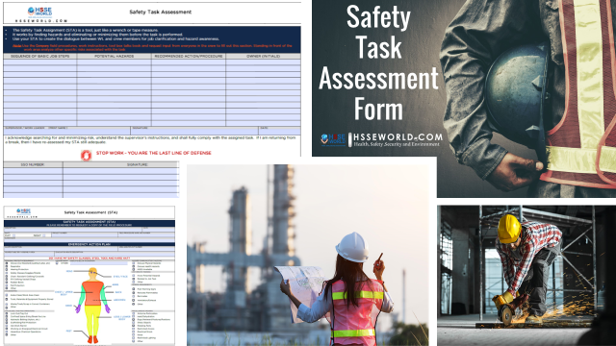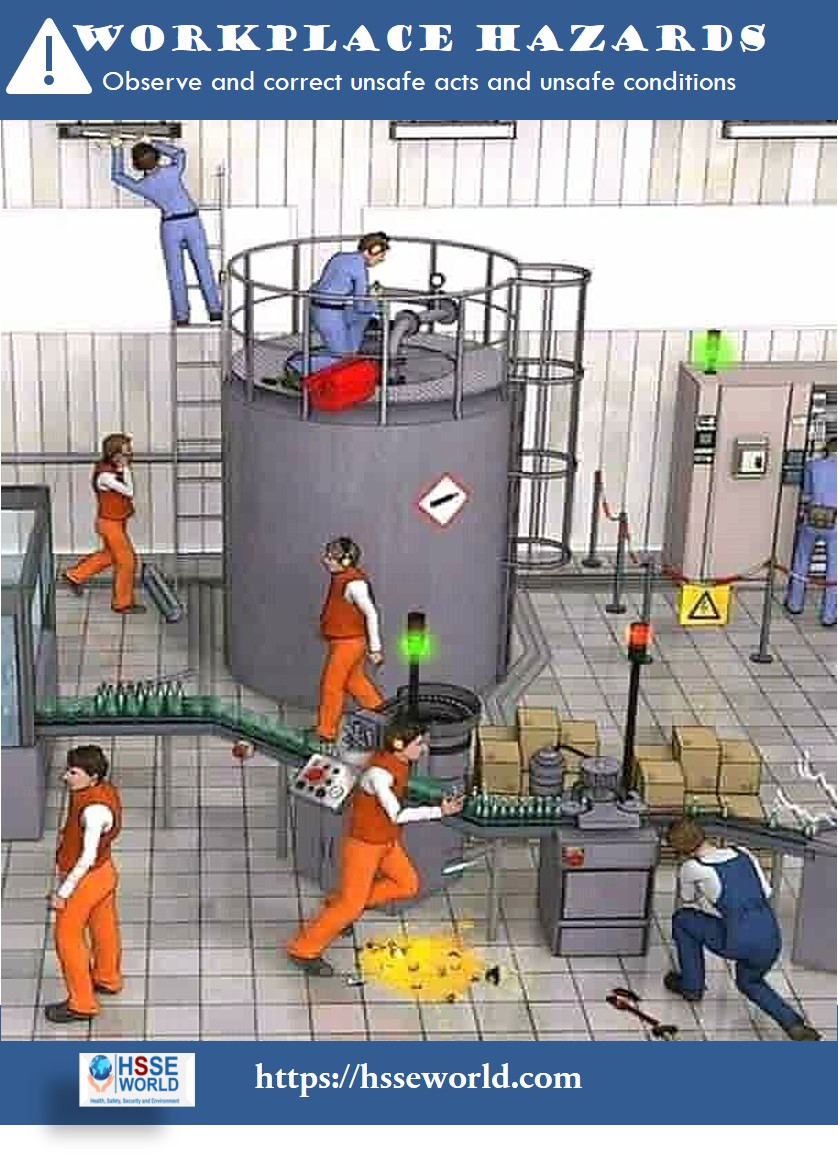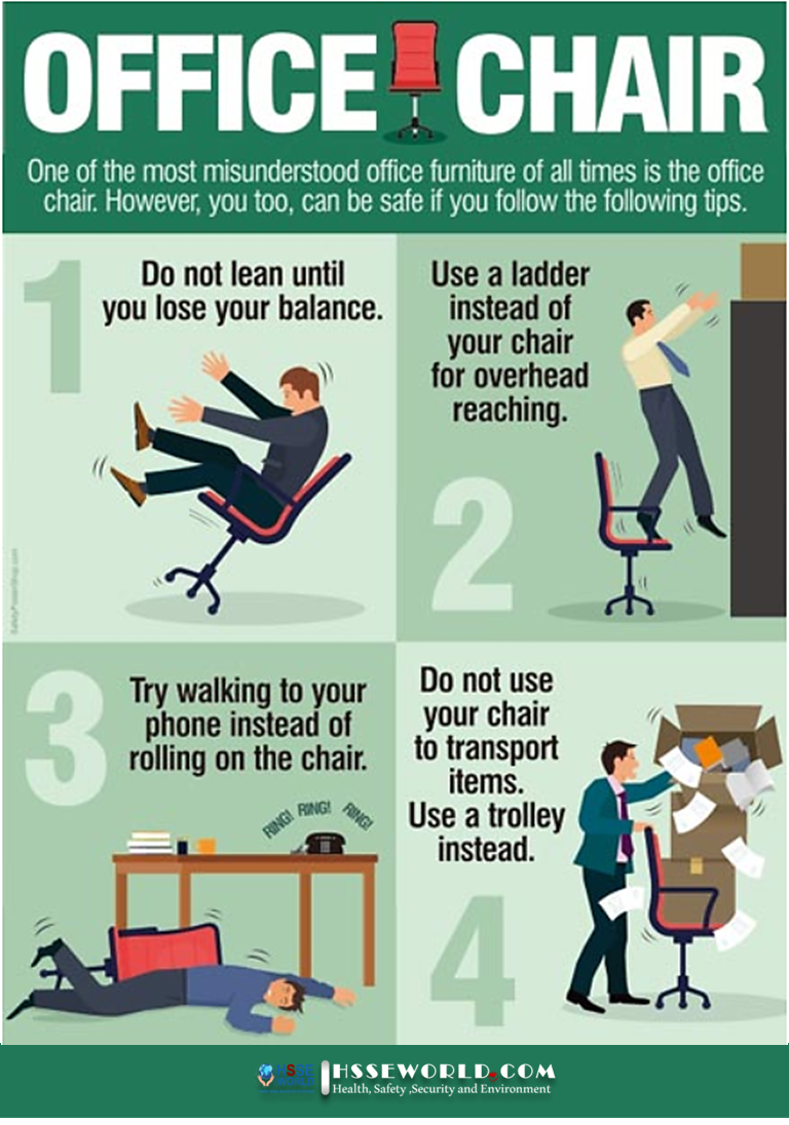Running a successful restaurant involves more than just serving delicious meals. It requires strict adherence to food safety regulations and maintaining a clean and well-organized kitchen. To achieve this, regular kitchen inspections are essential. In this article, we will explore the importance of kitchen safety inspections in restaurants and provide a comprehensive checklist to help restaurant owners and managers ensure food safety, maintain hygiene standards, and comply with health regulations.
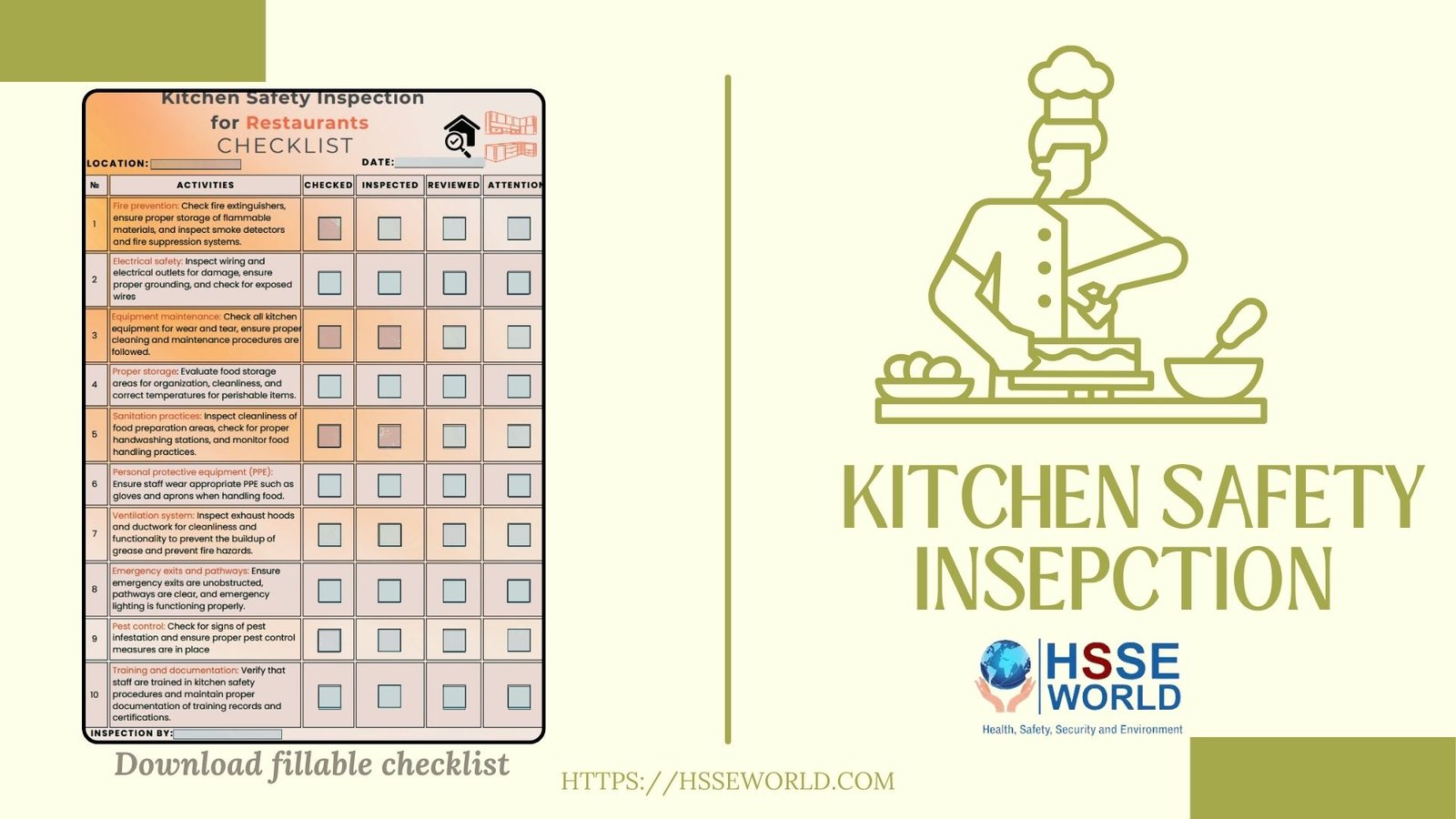
Introduction to Kitchen Safety in Restaurants
Kitchen safety is paramount in the restaurant industry to ensure the well-being of staff and patrons. A robust safety protocol can prevent accidents and maintain a hygienic working environment. To effectively implement kitchen safety:
- Training: Regular training sessions on the use of equipment, safe food handling, and emergency procedures.
- Equipment Maintenance: Ensuring all kitchen equipment is regularly inspected and maintained.
- Hazard Identification: Identifying potential hazards such as slippery floors, sharp objects, and hot surfaces.
- Personal Protective Equipment (PPE): Mandating the use of appropriate PPE like gloves, aprons, and non-slip shoes.
- Emergency Procedures: Establishing clear procedures for emergencies like fires, spills, and injuries.
Importance of Regular Kitchen Safety Inspections
Maintaining high safety standards in a restaurant kitchen is crucial. Regular inspections using the Kitchen Safety Inspection Checklist help in identifying potential hazards and ensuring compliance with health regulations. Key benefits include:
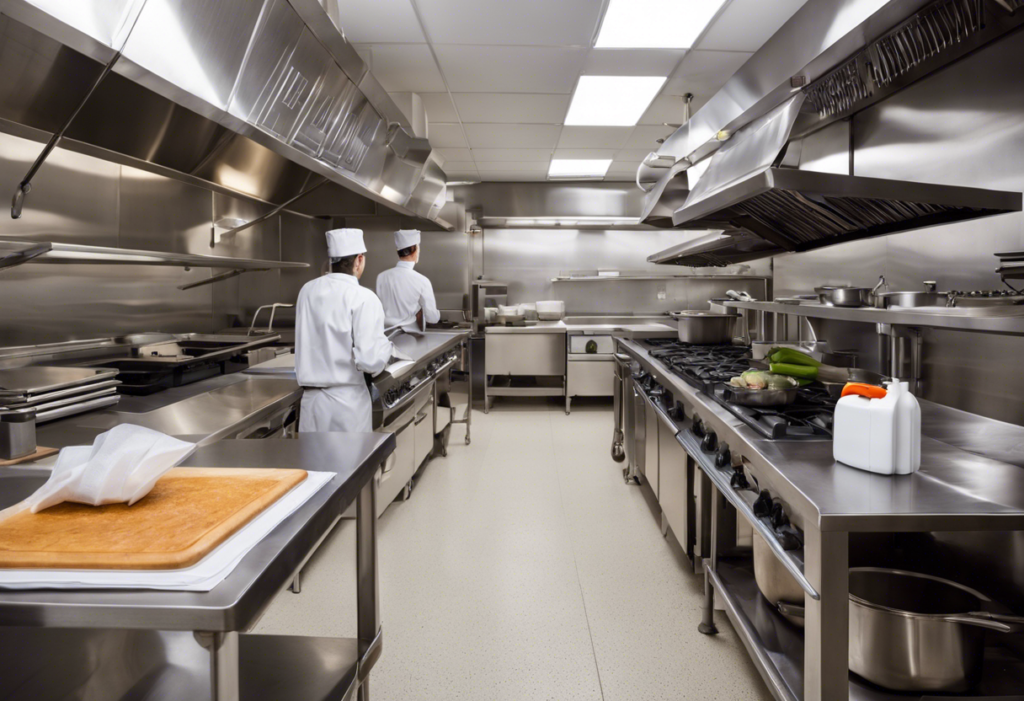
- Preventing Accidents: Identifying risks such as wet floors or faulty equipment reduces the likelihood of accidents.
- Ensuring Hygiene: Regular checks ensure cleanliness, preventing food contamination and the spread of illnesses.
- Compliance: Adhering to local health codes avoids legal penalties and ensures continued operation.
- Equipment Maintenance: Regular inspections extend the lifespan of kitchen appliances by addressing issues early.
- Employee Training: Inspections provide opportunities for ongoing staff training on safety protocols.
Staff Training and Certification
Proper training and certification of restaurant staff are crucial components of maintaining kitchen safety. Employees must be knowledgeable about hygiene practices, safe food handling, and emergency procedures. Mandatory training programs should include:
- Safe food storage and preparation techniques
- Proper use and maintenance of kitchen equipment
- Procedures for handling and reporting injuries
- Fire safety protocols
- Procedures for avoiding cross-contamination
Certification, such as ServSafe, should be obtained and renewed regularly. Periodic safety audits and refresher courses ensure continuous compliance. Managers should conduct routine assessments to verify staff adherence to safety protocols.
Proper Food Handling Techniques
Proper food handling techniques are essential in preventing foodborne illnesses. Key practices include:
- Hand Hygiene:
- Wash hands with soap and water for at least 20 seconds.
- Use hand sanitizer containing at least 60% alcohol when soap and water are unavailable.
- Temperature Control:
- Store perishable food at 40°F (4°C) or below.
- Cook food to the recommended internal temperatures to kill harmful bacteria.
- Avoid Cross-Contamination:
- Use separate cutting boards for raw meat and vegetables.
- Clean and sanitize surfaces and utensils after contact with raw food.
- Personal Hygiene:
- Wear clean clothing and hair restraints.
- Avoid touching hair, face, or other body parts during food preparation.
- Proper Food Storage:
- Label and date all food items.
- Practice First In, First Out (FIFO) to ensure older stock is used first.
Ensuring these techniques are followed reduces the risk of foodborne illnesses and maintains a safe kitchen environment.
Read: food-and-kitchen-hygiene-tips
Fire Safety Measures in the Kitchen
Fire safety is paramount in a restaurant kitchen due to the high risk of fire hazards. The following measures should be strictly enforced:
- Install Fire Extinguishers: Ensure fire extinguishers are easily accessible and regularly maintained.
- Implement Fire Suppression System: A functional automatic fire suppression system must be installed over cooking equipment.
- Conduct Regular Inspections: Periodically inspect electrical wiring, gas connections, and kitchen appliances for faults.
- Train Staff: All kitchen staff should be trained on how to operate fire extinguishers and the fire suppression system.
- Avoid Clutter: Keep cooking areas free from flammable materials like paper, cloth, and cooking oil spills.
- Ventilation Maintenance: Regularly clean kitchen hoods and ventilation systems to prevent grease buildup.
Read: photo-of-the-day-preventing-common-kitchen-hazards
Electrical Safety Assessments
Electrical safety is paramount to prevent hazards in the kitchen. Key areas include:
- Equipment Inspection
- Ensure all appliances have no frayed cords.
- Verify proper grounding of all electrical devices.
- Inspect plugs and sockets for wear and tear.
- Compliance Checks
- Confirm adherence to local electrical codes.
- Verify regular inspection schedules.
- Ensure proper labeling of circuit breakers.
- Safety Protocols
- Implement lockout/tagout procedures.
- Ensure staff knows emergency shut-off locations.
- Provide training on electrical fire response.
- Documentation
- Keep records of all electrical inspections.
- Maintain a log of any repairs or replacements.
- Ensure up-to-date documentation is accessible.
Sanitation and Cleanliness Protocols
Strict adherence to sanitation and cleanliness protocols is critical in restaurant kitchens. Key measures include:
- Handwashing: Staff must wash hands for at least 20 seconds with antimicrobial soap, especially after handling raw food or using the restroom.
- Surface Cleaning: Countertops, cutting boards, and utensils must be sanitized regularly using approved cleaning solutions.
- Pest Control: Maintain a regular schedule for pest control to prevent infestations.
- Waste Management: Dispose of food waste promptly and keep trash bins clean and covered.
- Personal Hygiene: Employees should wear clean uniforms, hairnets, and gloves when necessary.
Chemical Safety in the Kitchen
Proper chemical safety is crucial to prevent accidents and ensure a safe environment. All staff must be trained on handling and storing chemicals correctly.
- Labelling: Ensure all chemicals are properly labeled with their contents and hazards.
- Storage: Store chemicals in a designated area away from food and heat sources.
- Usage: Follow manufacturer instructions for dilution and application.
- PPE: Provide personal protective equipment such as gloves and goggles.
- MSDS: Maintain Material Safety Data Sheets for all chemicals.
- Spill Response: Train staff on how to handle chemical spills appropriately.
Download: Photo of the day: Working Safely with chemicals and chemical Management
Regularly review these practices to maintain a safe kitchen.
Equipment Maintenance and Safety
Proper maintenance of kitchen equipment is essential to ensure safety. Regular inspection and servicing can prevent accidents and enhance efficiency. Key areas of focus include:
- Cleaning and Sanitization: All equipment should be cleaned and sanitized daily to prevent contamination and bacterial growth.
- Routine Checks: Conduct routine checks for wear and tear on all machinery.
- Calibration: Ensure all temperature-controlled devices are calibrated correctly.
- Manufacturer’s Guidelines: Follow the manufacturer’s maintenance guidelines for each piece of equipment.
- Electrical Safety: Inspect cords and plugs to ensure there are no frays or damages.
Emphasizing these areas will help maintain a safe and functional kitchen environment.
Emergency Preparedness and Response Plans
Emergency preparedness is vital in any kitchen environment. Restaurants should have a comprehensive plan that ensures staff know what to do in critical situations. Key components should include:
- Emergency Exits: Clearly marked and unobstructed at all times.
- Fire Extinguishers: Properly maintained and located in strategic areas.
- First Aid Kits: Easily accessible and regularly stocked.
- Training Programs: Regular drills for fire and evacuation procedures.
- Contact Information: Updated list of emergency contacts posted in common areas.
- Incident Reports: Procedures for documenting all incidents accurately.
Documentation and Record-Keeping
Maintaining meticulous records is vital for compliance and ongoing safety. Proper documentation involves:
- Inspection Logs: Keep detailed logs of all inspections conducted. Include dates, areas inspected, and issues identified.
- Corrective Action Plans: Record any corrective actions taken to address identified issues. Include timelines and responsible individuals.
- Training Records: Document staff training sessions related to kitchen safety, including dates, topics covered, and attendees.
- Incident Reports: Maintain a log of all kitchen-related accidents, near-misses, and incidents. Include detailed descriptions and any actions taken.
- Compliance Audits: Schedule regular audits to ensure adherence to safety standards and regulatory requirements. Record audit dates and outcomes.
Incorporating Health Department Regulations
To ensure compliance with health department regulations, restaurants must focus on:
- Food Storage:
- Maintain proper temperature controls.
- Label and date all items.
- Sanitation:
- Regularly sanitize food prep areas.
- Use approved cleaning agents.
- Employee Hygiene:
- Enforce handwashing policies.
- Provide proper personal protective equipment (PPE).
- Equipment Maintenance:
- Schedule routine inspections.
- Promptly repair or replace faulty equipment.
- Pest Control:
- Implement pest prevention measures.
- Conduct regular pest inspections.
Adhering to these guidelines helps maintain cleanliness, prevent foodborne illnesses, and ensure a safe dining experience for customers.
Creating a Culture of Safety in Your Restaurant
Fostering a safety-oriented culture in a restaurant is vital. Management should:
- Lead by Example: Managers must demonstrate adherence to safety protocols at all times.
- Regular Training: Conduct frequent safety training sessions for all staff.
- Clear Communication: Ensure policies and procedures are clearly communicated and accessible.
- Encourage Reporting: Create an environment where staff feel comfortable reporting hazards without fear of reprimand.
- Reward Safe Behavior: Implement a reward system to recognize and incentivize safe practices.
- Safety Equipment Checks: Regularly inspect and maintain safety equipment to ensure functionality.
Conclusion: Ensuring a Safe Kitchen Environment
Maintaining a safe kitchen environment is vital for any restaurant. Adhering to safety protocols minimizes risks and ensures compliance.
- Regularly update and review the kitchen safety checklist.
- Conduct periodic training sessions for all kitchen staff.
- Implement best practices for food storage, handling, and preparation.
- Ensure all kitchen equipment is well-maintained and functioning correctly.
- Enforce personal hygiene practices among staff.
- Establish clear emergency procedures and ensure all staff are trained.
Fostering a culture of safety requires commitment from all team members and continuous vigilance. A robust safety program is essential for smooth operations and customer satisfaction.
Download
Kitchen Safety Inspection Checklist for Restaurant -Fillable
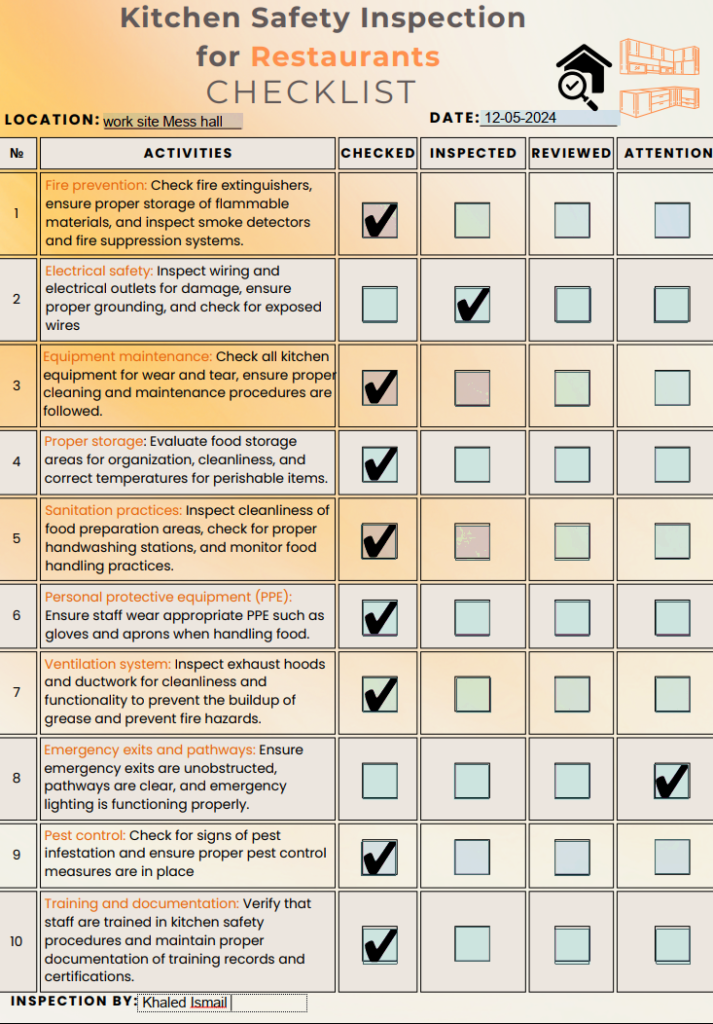
Fillable PDF COPY
More Forms
- Navigating the Risks: The Ultimate Guide to Safety When Working Near Water
- Downloadable Kitchen Safety Inspection Checklist for Restaurants
- Mastering LOTO: Protecting Workers with Energy Isolation and Isolation Confirmation Certificates
- Flammable and Combustible Storage Checklist Free Download
- Secure Your Lifts:Guidelines for Safe Lifting Operations Free Planning Tool
- Sample of Accident Prevention Program ( APP) Template for General Industry Free Download
- Free ISO 14001:2015 Environmental Management System Audit Checklist Download
- Guides for Walking and Working Surfaces Safety Program
- Workshop Safety Guideline and free Posters
- Free Ergonomics Checklist for General Industry
- Work Area Safety Checklist
- Machine Safety and 43-Equipment Inspection Checklists
- Scaffold Safety self Audit and checklist
- Hot Work Controls and its Permit to work Form
- Safety Observation Report Template
- Forklift Operator’s Daily Checklist and safety Tips
- Inspecting Fall Protection Equipment Forms
- Templates: HSE Incentives and rewards
- 35 Inspection forms for Rig Check
- Chemical Risk Assessment form
- 22-Safety Inspection Checklists
- Safety Task Assessment Form
- Suspended Scaffold Pre-Operation Inspection Checklist
- Photo of the day: New worker Orientation & Safety Orientation checklist
- Grating-Decking-Floor- handrail-Removal Form
- Electrical Inspection Checklists
- E-Books: Fire Safety Logbook templates
- General Safety Guidelines and Employee Acknowledgment form
- Annual Internal Audit Form
- Mobile Scaffold Inspection checklist
- Simultaneous Operation (SIMOPS) checklist
- Temporary Construction Facilities (TCF) Inspection checklist
- HIRA, HSE Hazards & Effects Management Process (HEMP) & Risk Register Template
- Hazard Identification Plan (HIP) Template
- Ladder Inspection Form
- Free Pre-Startup Safety Review Checklist (PSSR)
- Hazard Identification Checklist
- Workplace Housekeeping Checklist
- ISO 45001:2018 READINESS CHECKLIST
- Lifting Plan Audit Checklist
- Job Safety Analysis (JSA) Forms What’s Right and Wrong?
- Electrical Isolation Permit to Work forms and checklist
- Canteen Inspection Checklist
- Work at Height Checklist
- Health Safety at Work Improvement Action Plan
- Fire Pump Daily Inspection Checklist
- Construction Site Traffic Management Plan (CSTMP) Guidance
- Safety Templates: COVID-19 Safety Plan
- Workplace Safety Inspections Forms
- Lock Removal Form
- Templates: Management of Change NEW Modified Equipment Safety Checklist
- Lifeline & Harness Inspection Guide checklist
- Contractor Pre-qualification Questionnaire Checklist
- Fall safety at construction checklist
- Construction safety Inspection checklist
- Equipment Safe Operating Procedures- SOP 61 checklist
- Permit to Work (PTW ) AUDIT CHECKLIST
have more safety resources at safetybagresources

